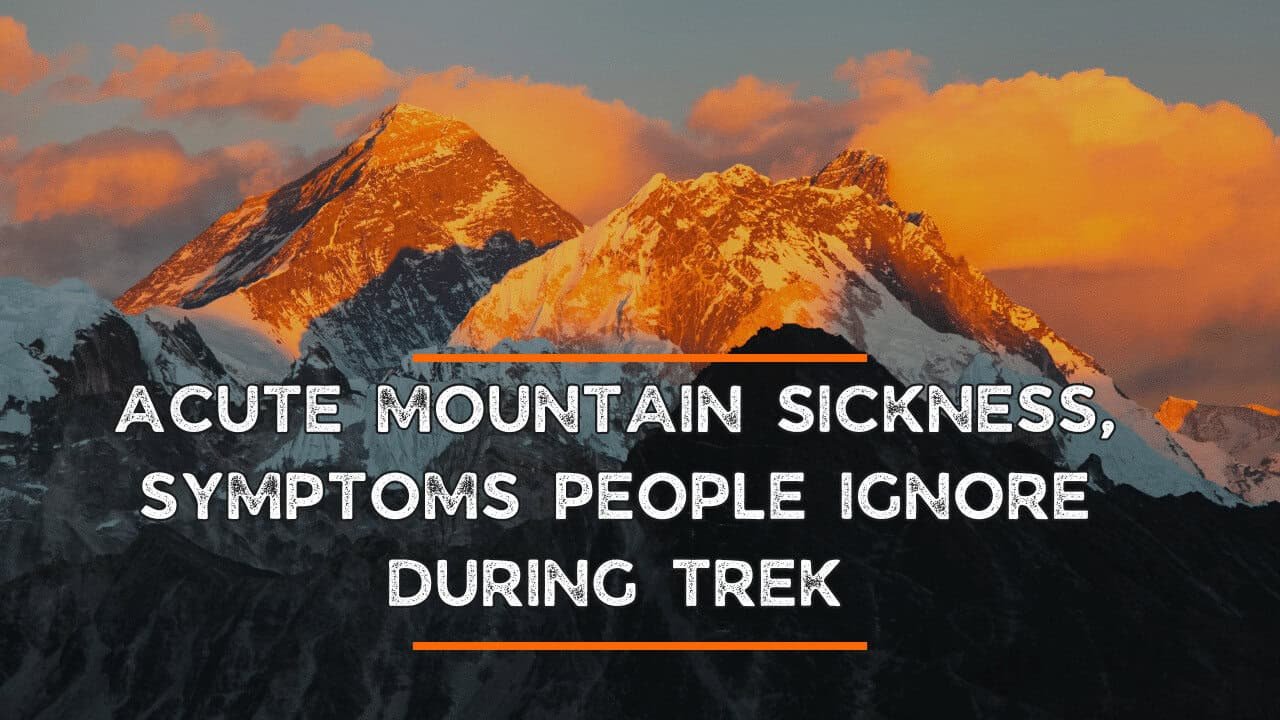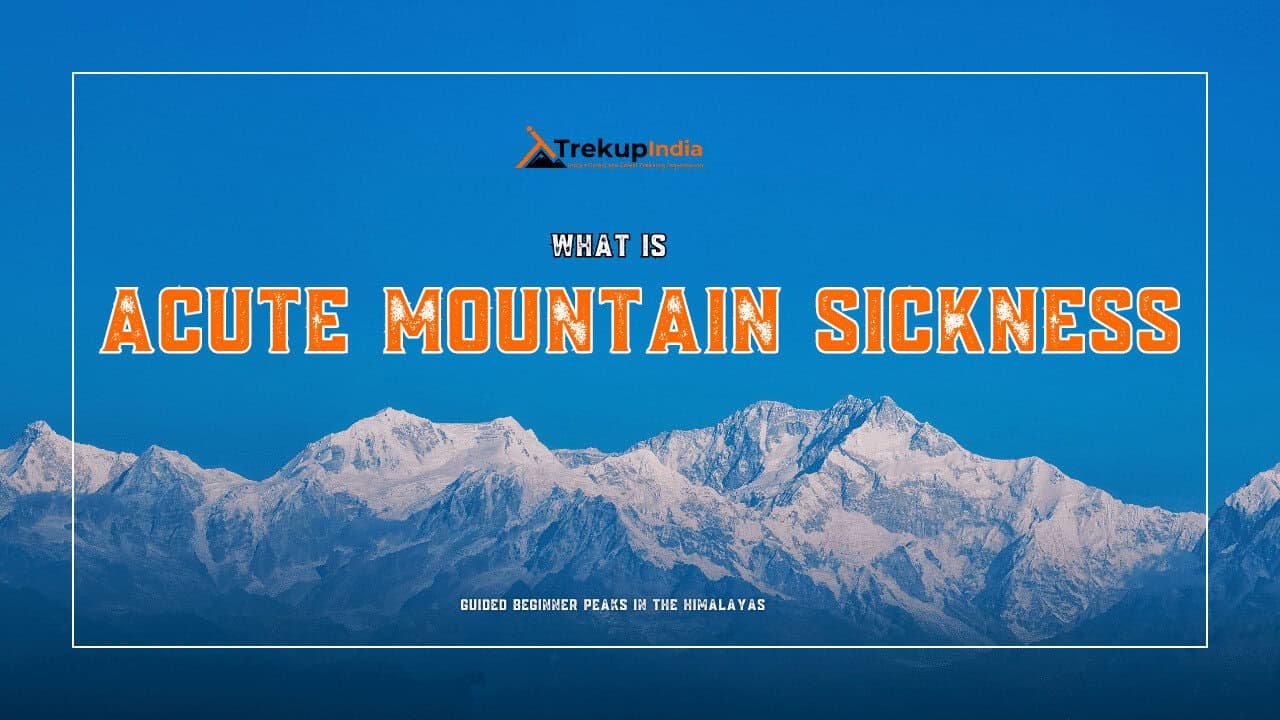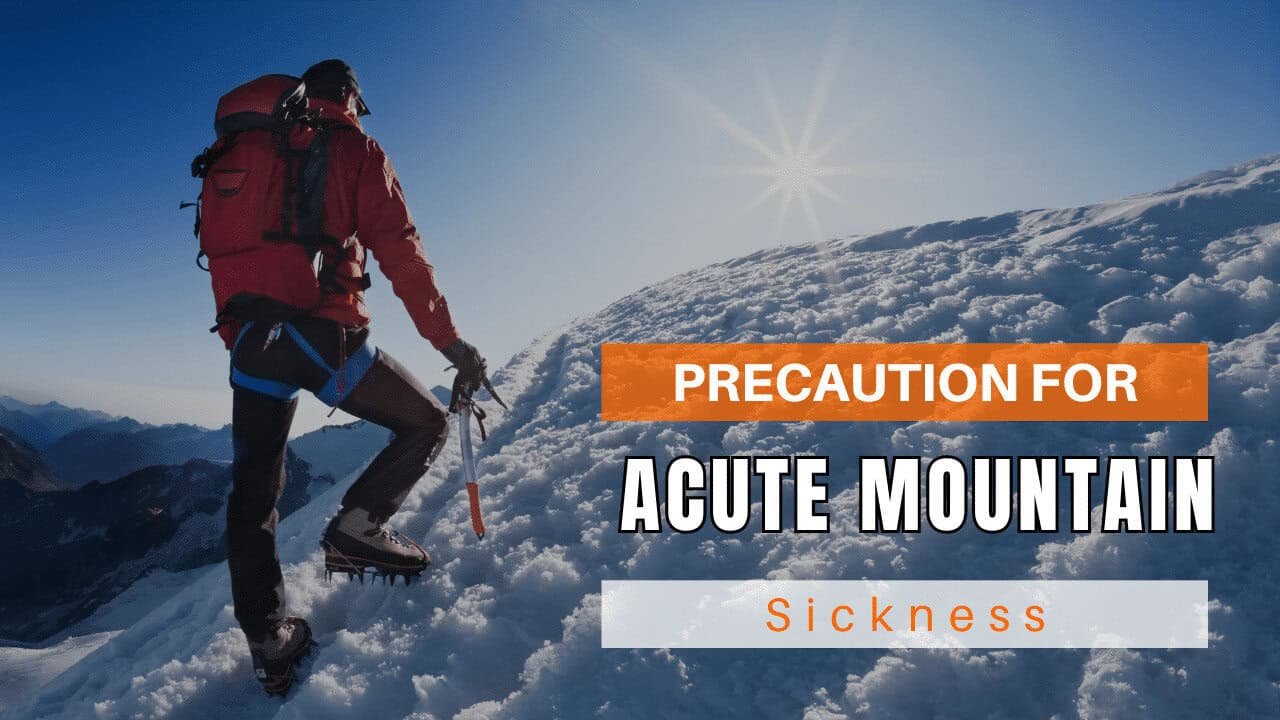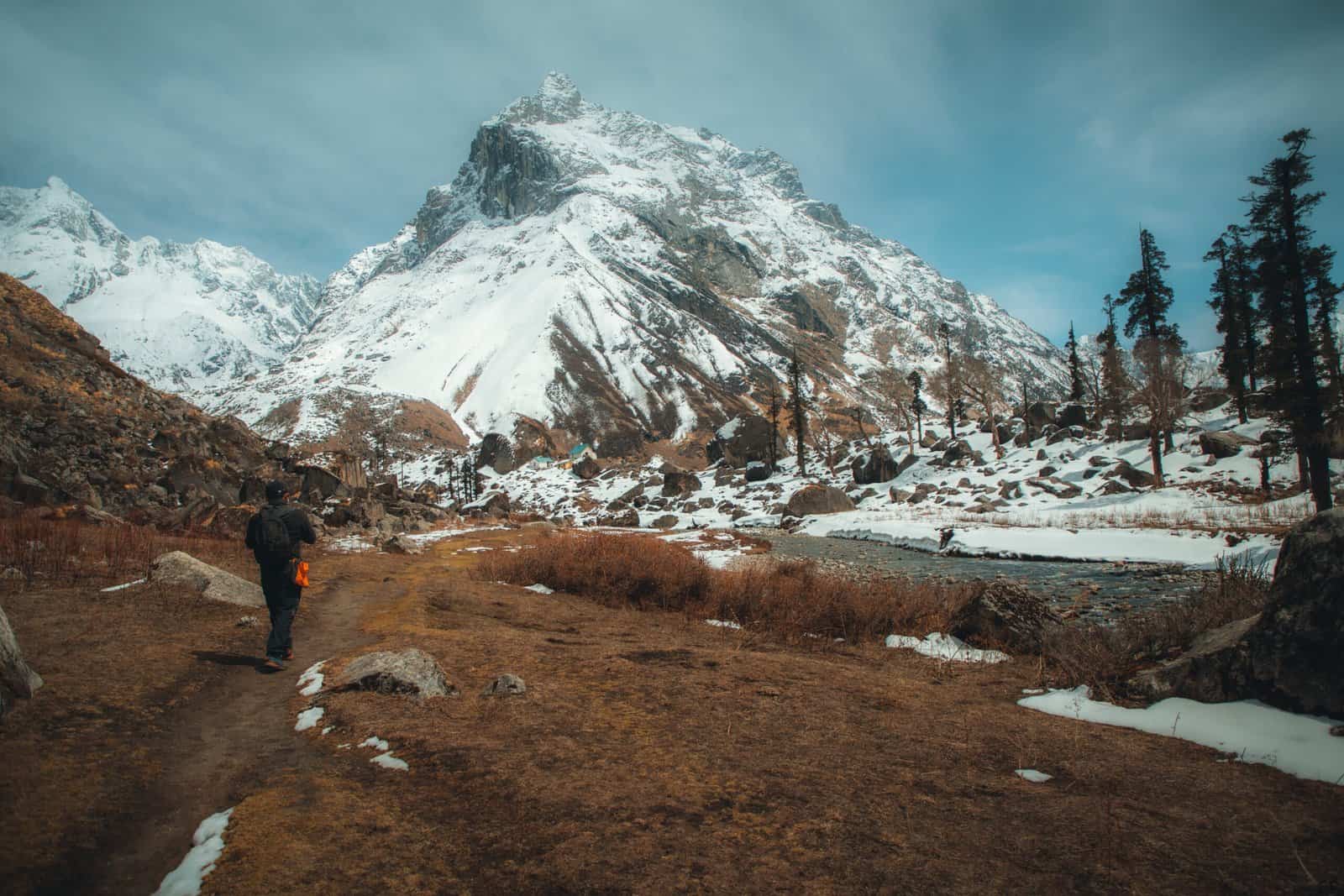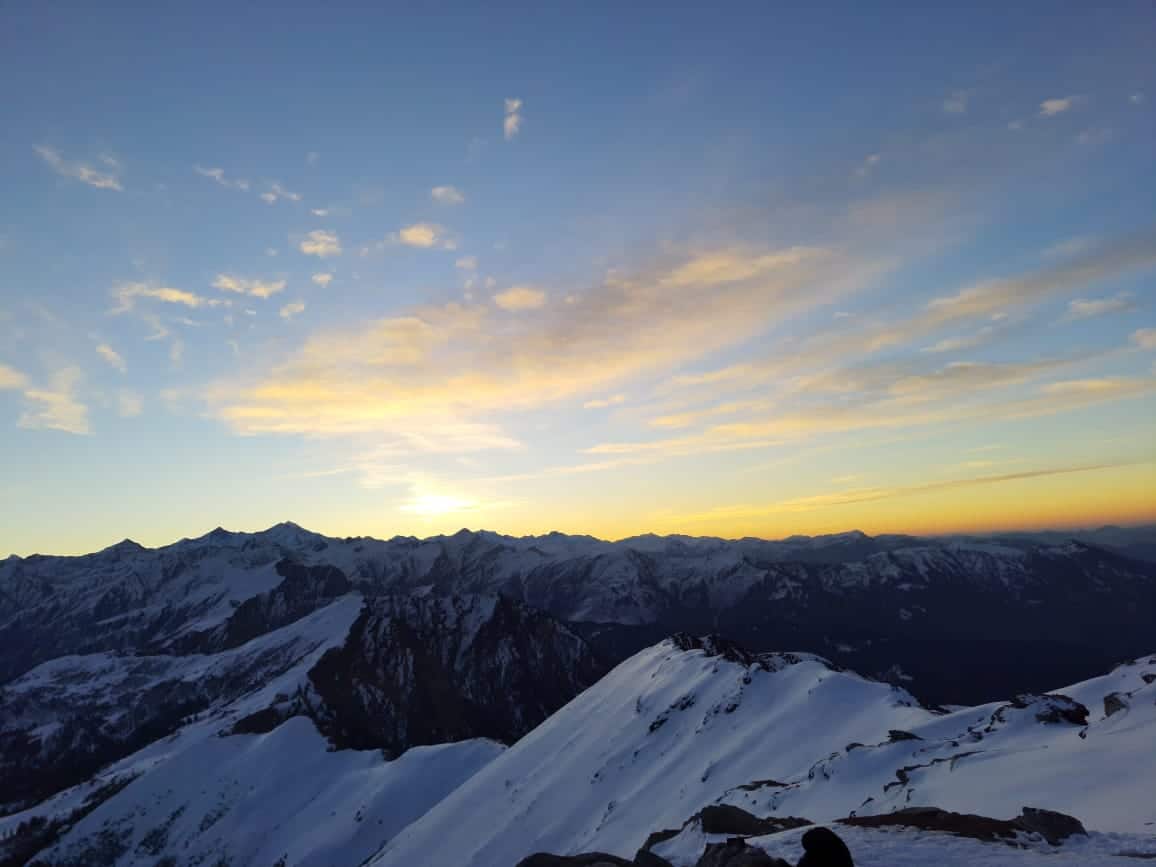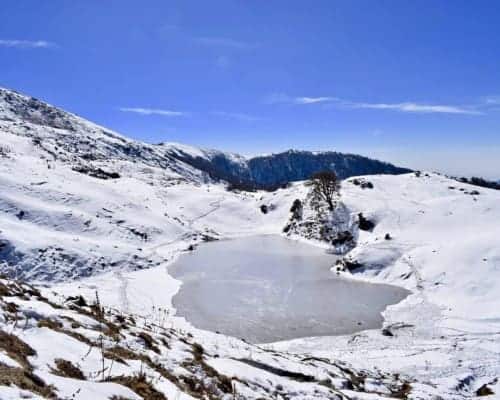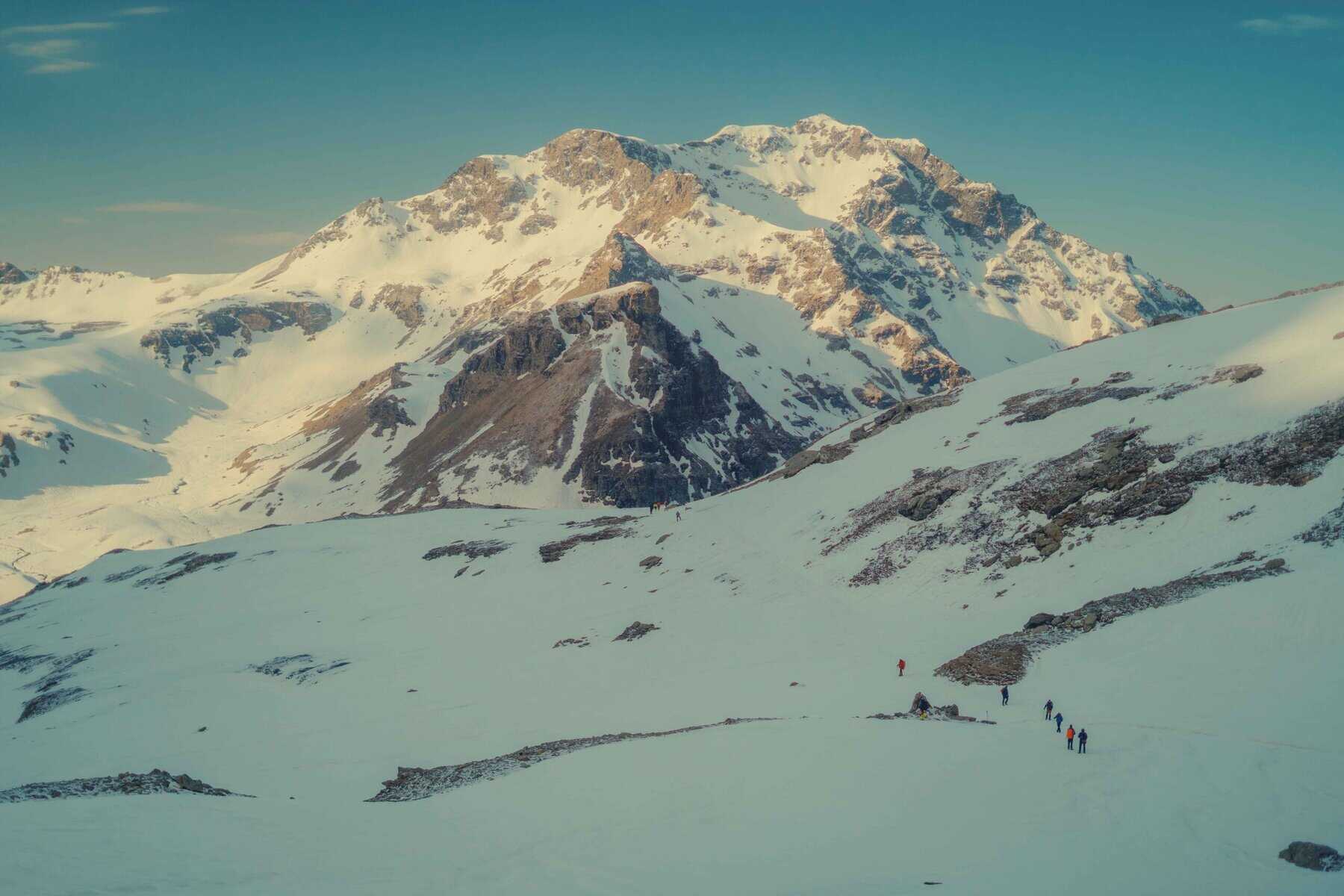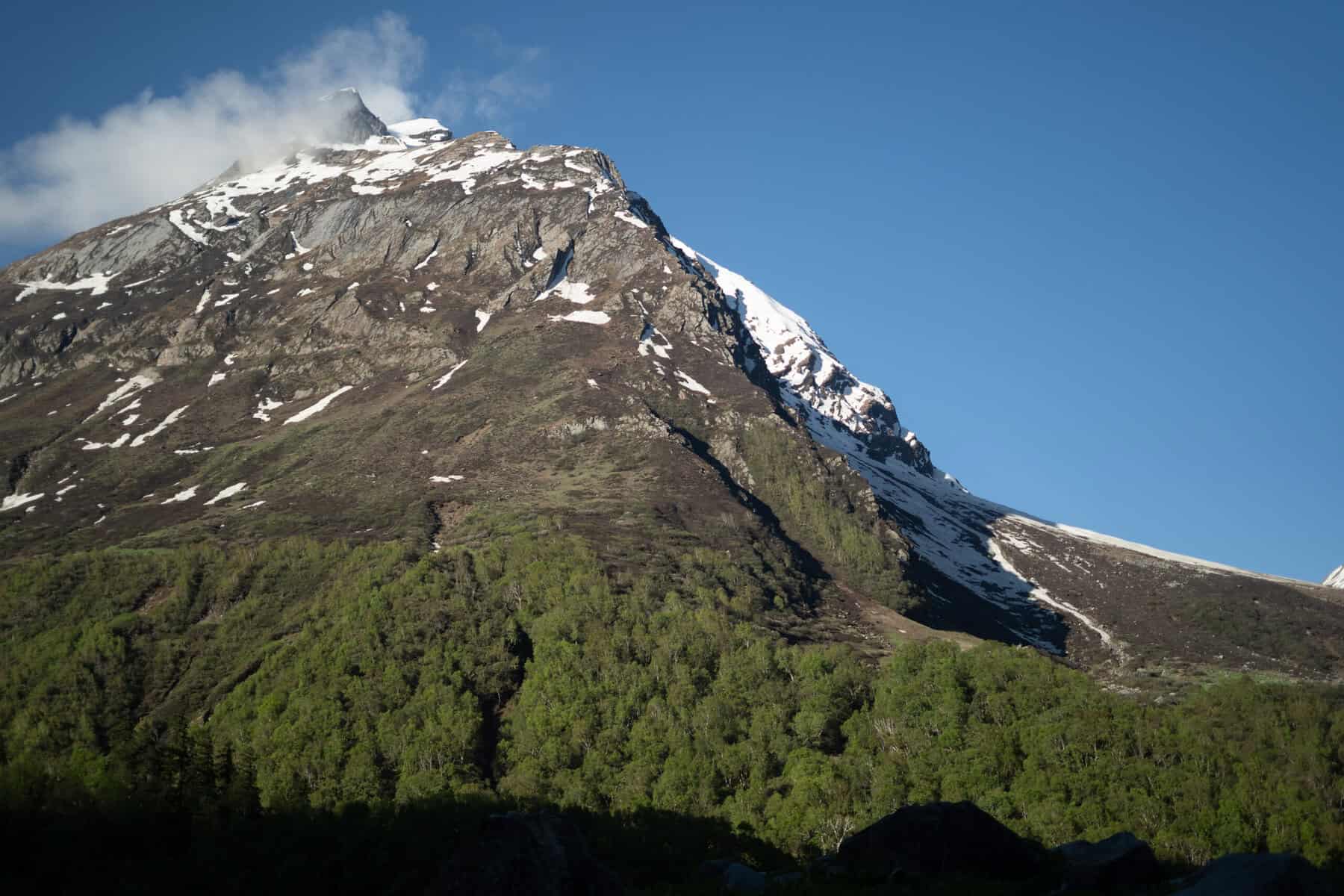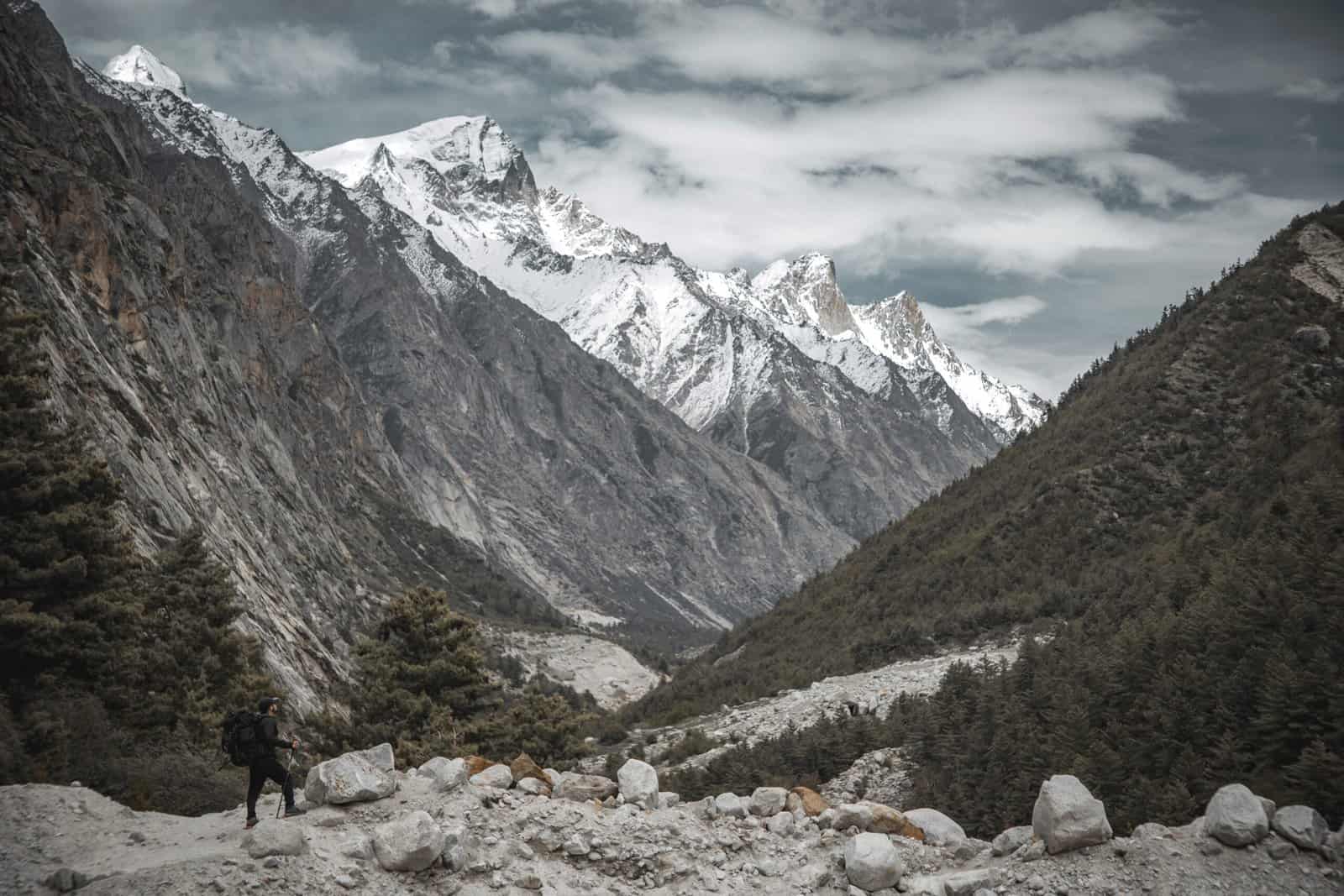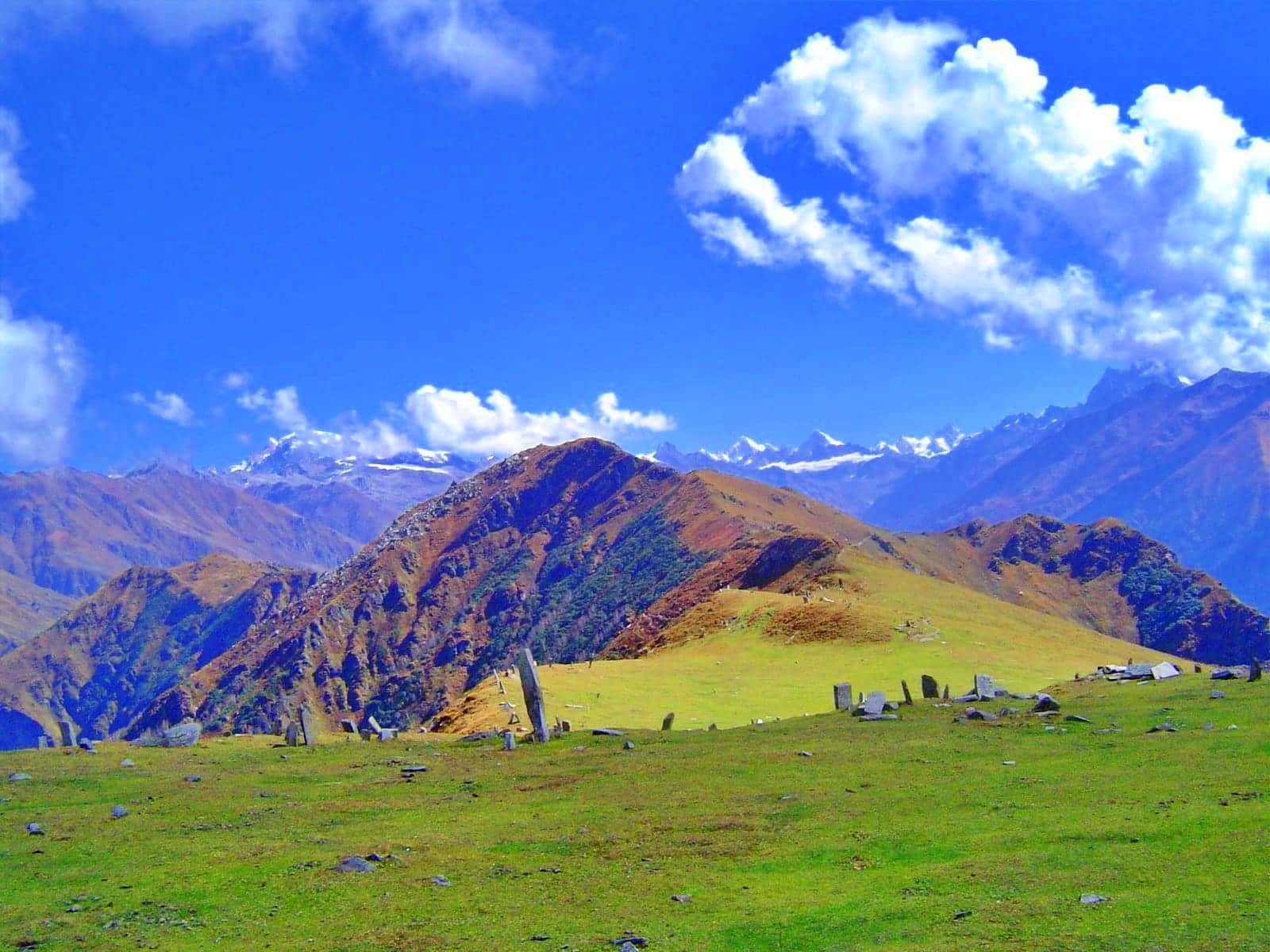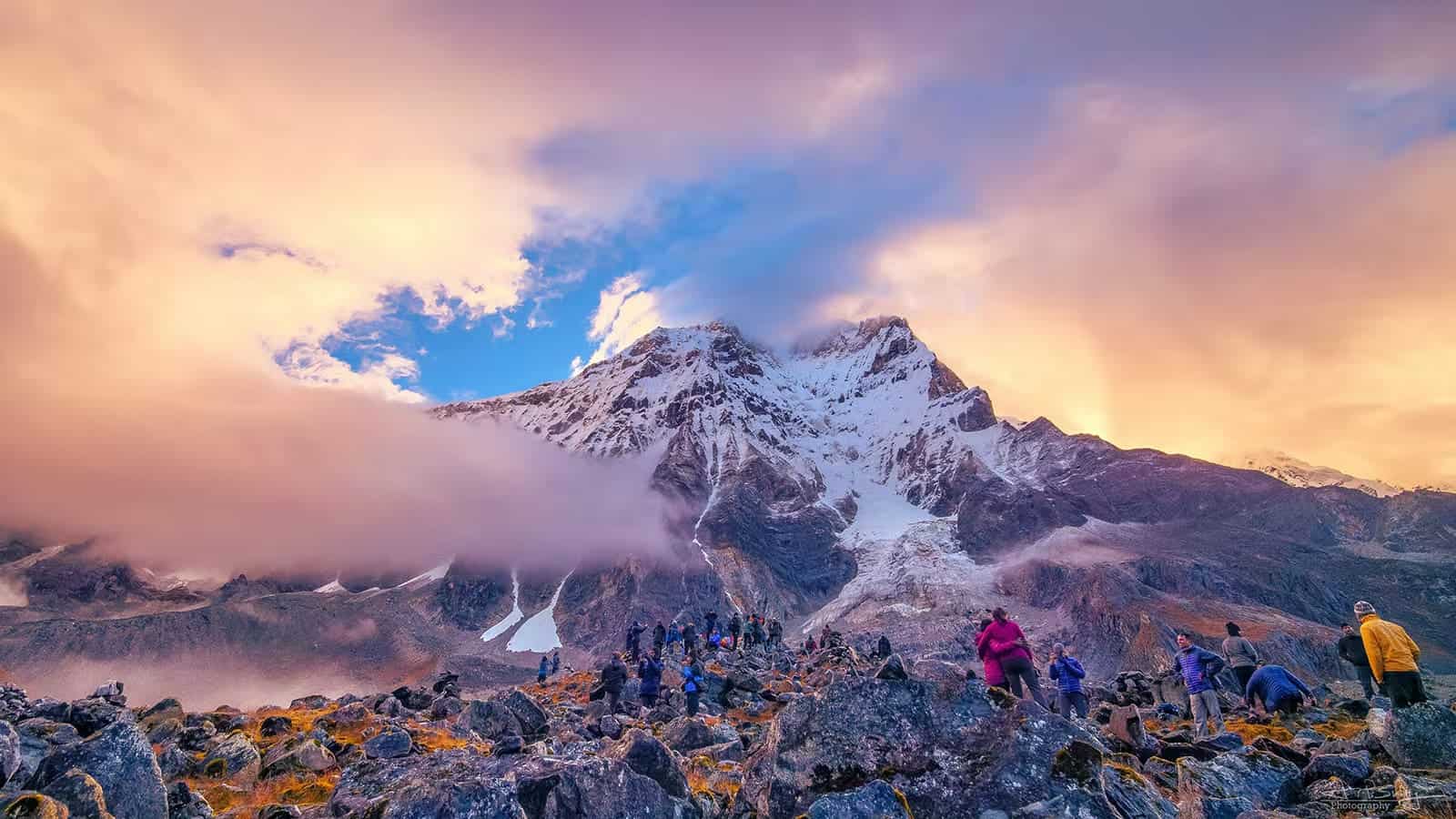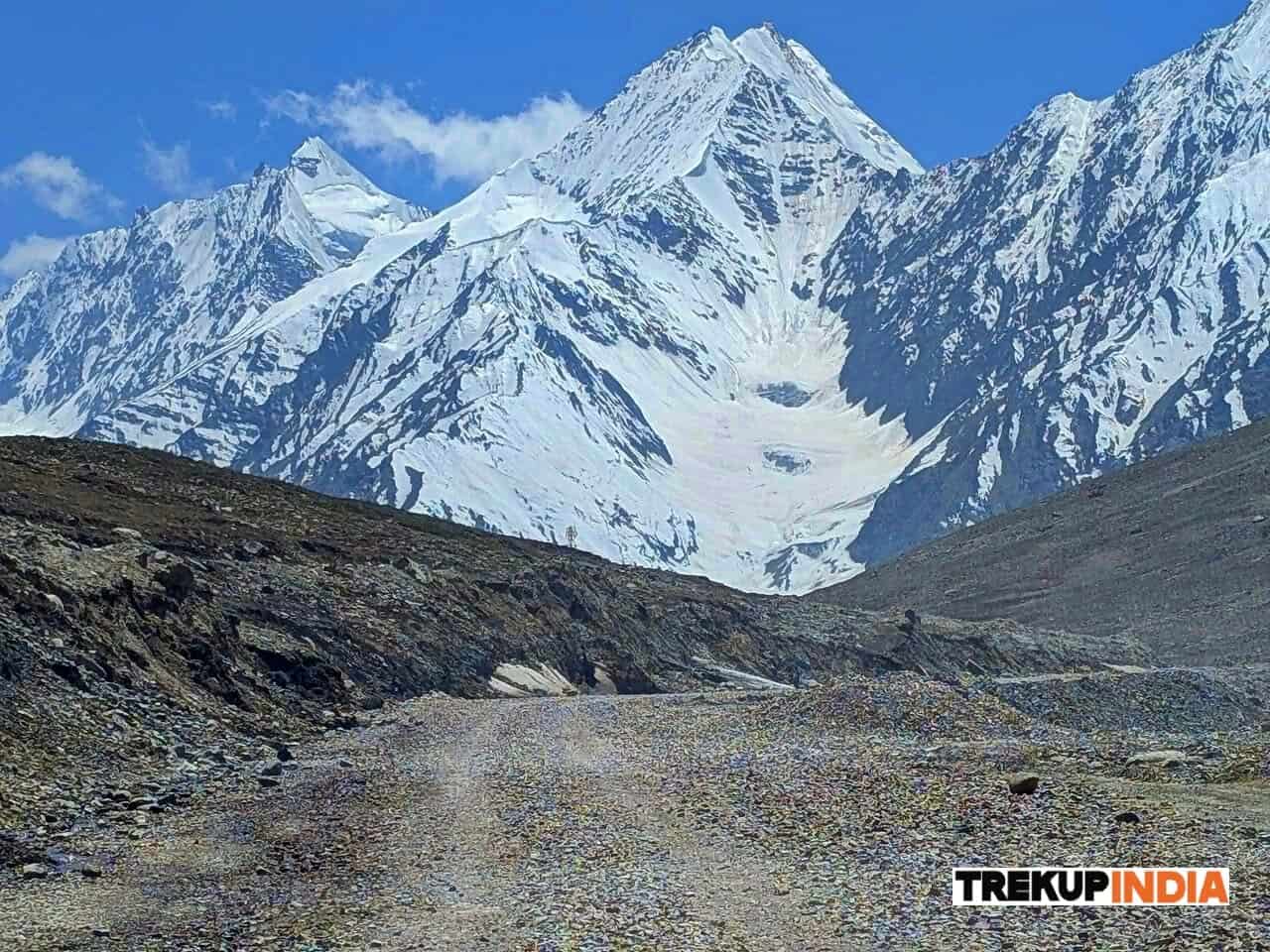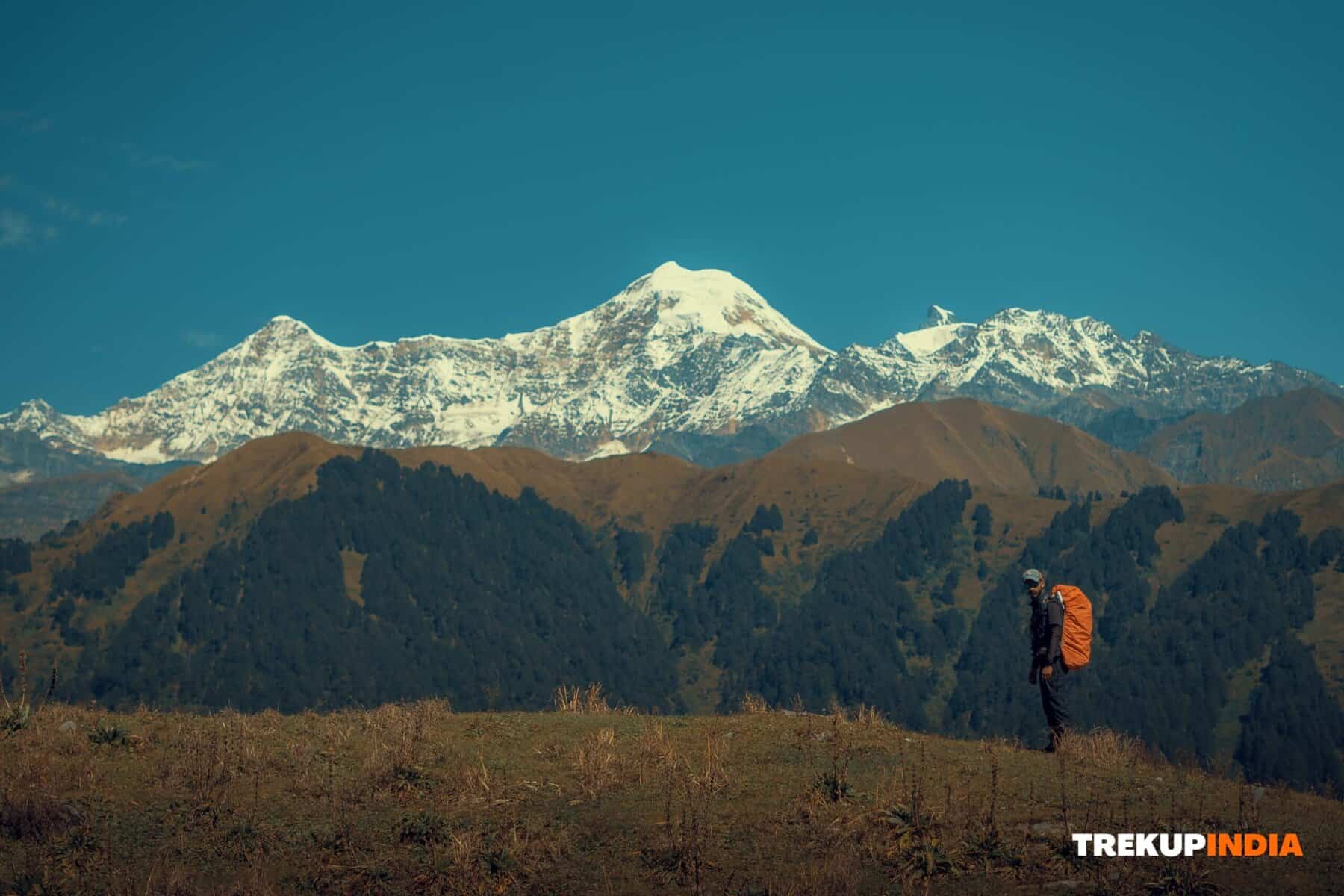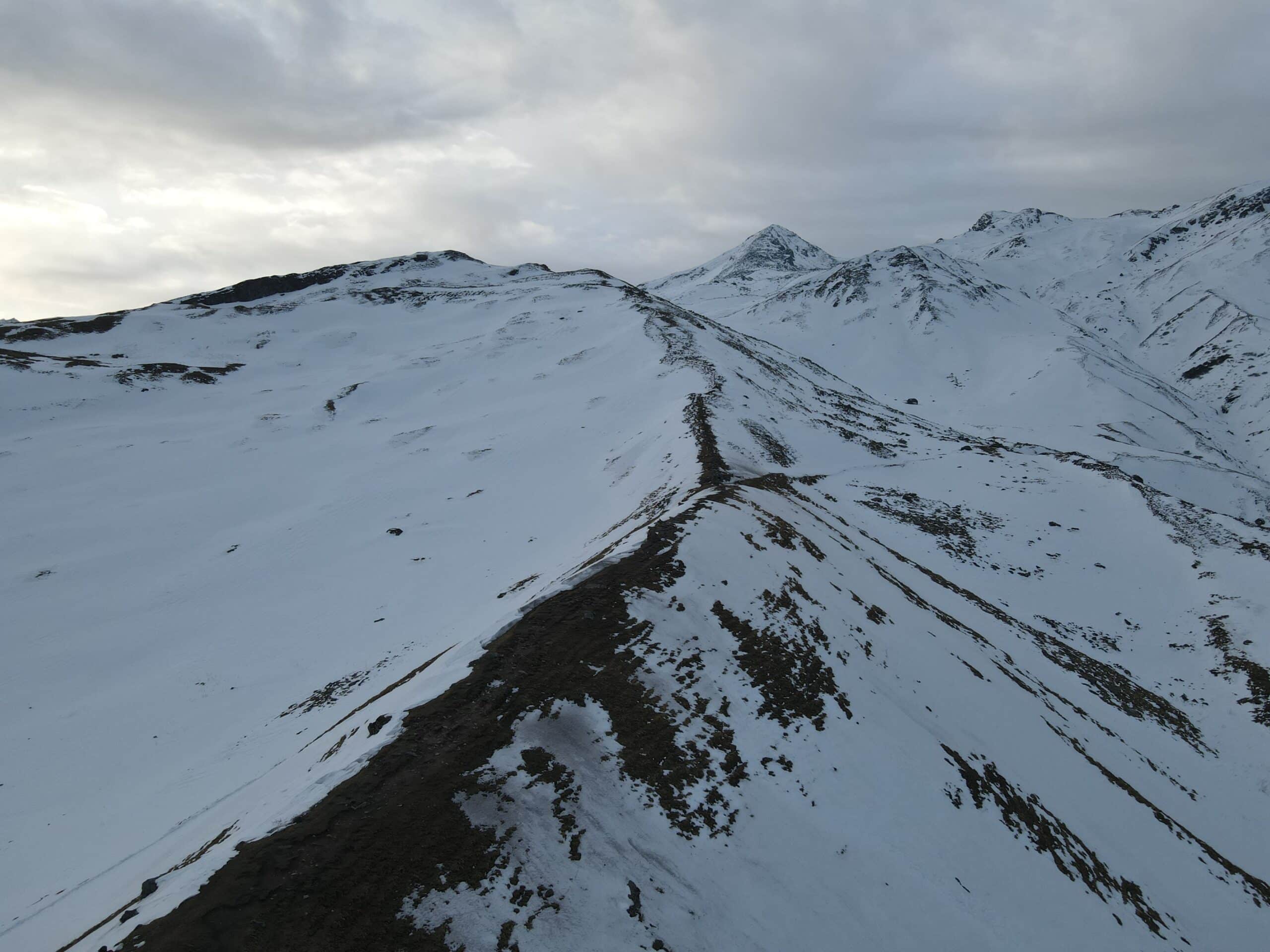Don’t Let the Altitude Beat You: Trekking Health Tips You Need
Indian’s Himalayan region has recently seen a remarkable surge in trekker numbers. Each year, more people visit to trek the familiar routes, while new trails appear as newcomers visit and quickly learn them – this may lead to exciting adventures all your own! Unfortunately, many trekkers make mistakes that could have serious repercussions, often learning these hard lessons through trial and error. This guide helps identify potential missteps that are easily avoidable while offering practical suggestions that ensure safe yet pleasurable mountain journeys every time. As Himalayan trekking becomes ever more popular, more adventurers unknowingly make avoidable mistakes, often learning the hard way. This guide highlights key risks and offers practical suggestions for creating a safer trek experience.
Acute Mountain Sickness (AMS)
Altitude risks should never be taken lightly. Unfortunately, we often underestimate their significance; thus, we remain unaware of this hidden threat and fail to recognise a high-altitude environment as a potential risk. Unfortunately, many trekkers suffer from Acute Mountain Sickness (AMS), which can significantly hinder treks before becoming severe conditions like High Altitude Pulmonary Edema (HAPE) or Cerebral Edema (HACE).
Avoid Altitude Sickness
People living at various elevations are susceptible to altitude sickness, with symptoms starting as low as 1200m/3960ft and ascending to 3500m/11550ft; some individuals can adapt quickly, while others take more time. Acclimatization depends on each individual and their current state of health but usually takes 24 to 72 hours of bed rest before moving directly into high altitude areas such as Leh, Lhasa or Bogota to minimize altitude sickness risks; when trekking above 3000m/10000ft trekking it is advised not to climb more than 300m/1000ft per day to get acquainted with altitude conditions more quickly – although acclimation will take time and must take place over time.
Hypothermia & Frostbite
Trekking during winter months poses both health and comfort risks; cold temperatures still present an immediate threat. No matter what time of year it is, some trekking spots experience low temperatures that increase the chances of misery and cold-related ailments; mountain regions often feature temperatures within this range.

How to Prevent Frostbite and Hypothermia
To avoid frostbite and hypothermia, your body must receive appropriate nutrition, dress appropriately, and be well hydrated. A comprehensive clothing plan should consist of three layers – moisture wicking for skin protection from elements; outer layers with moisture-wicking properties for thermal regulation purposes; and loose clothing which allows freedom of movement rather than tight fitted items that restrict it; choose woollen or synthetic fabrics over cotton since cotton absorbs moisture over time, rendering it unsuitable for winter activities.
At risk are body parts such as eyes, noses, cheeks, fingers, and toes, which could become frostbitten from exposure to freezing temperatures as well as cold winds. To protect yourself against frostbite from exposure to these factors, wear fleece-lined gloves as a base layer under windproof and waterproof gloves for extra insulation and wear fleece-lined gloves as an additional layer – this way, both layers should provide additional insulation from freezing winds and temperatures. Neck gaiters can protect the neck area, nose, and cheeks; alternatively, an ear band or splint may cover the ears more effectively. As far as foot protection goes, trekkers must wear comfortable, insulated shoes with synthetic or wool socks that wick away moisture before returning home from trekking trips – something many forget until it comes time. Frequent washing and changing of socks are key to avoiding frostbite. With temperatures dropping, your body needs more energy for comfort; thus, you must provide it with nutritious meals and beverages, even though cold temperatures may reduce appetite. Carry energy-boosting snacks during the day as well as water bottles to stay hydrated on your journey.
Unfit Trekking Clothes
Many trekkers prefer lightweight cotton or denim clothes as a single-layer garment for trekking; however, this may not be optimal during treks. I have witnessed trekkers struggle while walking across rivers while wearing tight jeans, soaked by rivers; others even endure harsh cold conditions wearing leather jackets, which add weight.
How to avoid
To stay warm on a trek, jeans made of predominantly cotton mustn’t offer adequate insulation; wearing wet jeans could result in them drying improperly and leading to hypothermia. Trekking clothes provide quick clothing changes after becoming wet, while jeans limit movement, unlike nylon trekking pants. Leather jackets should not be seen as replacements for down jackets when it comes to trekking; though good at blocking wind, their weight makes them impractical as an insulation layer; light wind or rain jackets offer better protection. Layering up is essential if cold conditions arise on mountainous terrain.
Shoe Bite
Shoe bite is caused when new or poorly fitting shoes rub against the skin, creating friction. This often leads to blisters, cuts, swelling or redness on toes, heels or sides of feet; trekkers, runners and anyone wearing new or stiff footwear are particularly at risk; most frequently blisters form within minutes of starting a trek; making walking impossible due to pain caused by blisters on soles of feet.
How to avoid
Prevention is of utmost importance, and one of the main sources of blister formation is inappropriate footwear or shoes worn on an irregular basis, combined with socks unable to regulate moisture effectively. Walking for extended periods exposes feet to sweaty conditions, which cling tightly against skin, clinging tightly against shoe fabric, leading to friction between skin cells inside the shoe fabric and the insole, eventually leading to blister formation.
Trekking with brand-new footwear should only be attempted as a trial run at first. If purchasing new shoes is essential to your trek experience, be sure to buy early enough for proper break-in and be measured accurately before trying them on in store and testing them before purchase. Wear socks made of synthetic or wool materials that feature water-wicking properties to keep feet as dry as possible by eliminating sweat from sweat glands on feet.
Cramps and Fatigue
Trekkers frequently experience muscle cramps and fatigue that prevent them from continuing their adventure, often as a result of inadequate water consumption or losing minerals through sweat loss. One potential explanation could be inadequate water intake combined with overexertion during trekking, causing increased sweat loss.
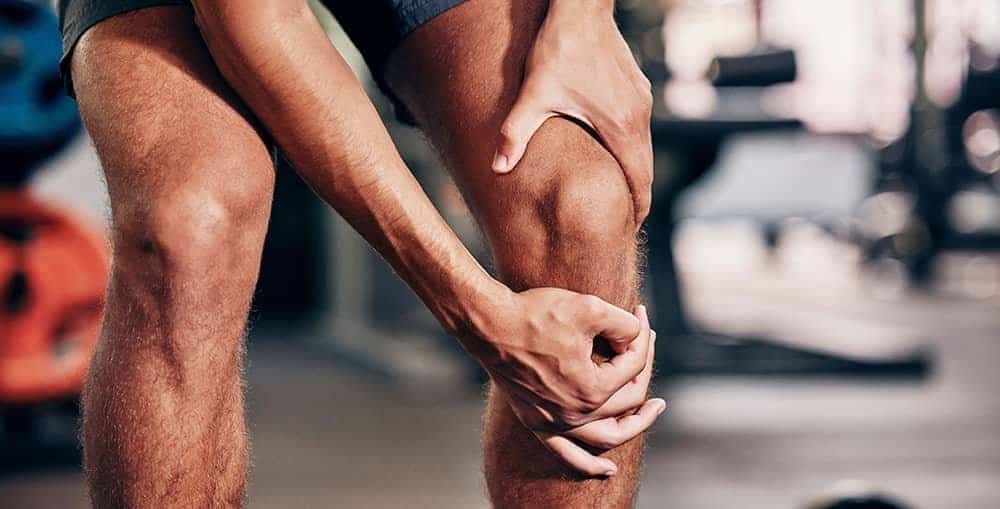
How to avoid
Prevent dehydration by making sure the amount of fluid leaving your body does not outstrip what is coming in through drinking and other sources. While trekking, factors like location or intensity of trek may lead to greater fluid loss due to urination, breathing, and sweating than can be replaced through drinking alone. Cold and elevated regions where air is dry tend to expel more moisture through our breath or sweat, further increasing fluid losses, which in turn increases dehydration quickly. Further, increased sweat production during trekking results in increased loss of essential fluids and minerals that ultimately leads to dehydration; left unchecked, this can become an issue eventually leading to dehydration becoming an issue resulting in dehydration becoming an issue.
As trekking temperatures decrease, hydration systems offer a great alternative to regular water bottles for maintaining optimal levels of hydration during an outing. Even though hydration systems might not perform as effectively during colder weather conditions, they still make for great portable options when out and about in nature. On any trek, staying hydrated requires carrying enough water – generally speaking, healthy individuals require half a litre per hour of moderate trekking activity. Just adding salts or healthy snacks and beverages can help replenish lost water and minerals from your body, relieving fatigue and muscle soreness while aiding acclimatization. Urine colour may also serve as an indicator of the state of hydration: pale-coloured urine indicates adequate hydration, while darker-coloured urine could indicate dehydration.
Carrying Unnecessary Weight in Your Backpack
Trekkers who experience difficulties with their backpacks due to excess weight may be due to improper packing techniques or an insufficient backpack designed for the journey. At times, travellers find they only use part of what was stored within their packs when reaching their destinations. Consider packing lighter for a two-week journey for an easier journey experience. Limit clothing items to those necessary, bring an additional shirt and a lower layer, and focus on carrying only essentials so you can adapt to changing weather conditions, such as sleeping bags. A 50-liter backpack should provide ample storage space; lightweight options allow for greater ease when experiencing a journey.
Storing Toiletries in a Bag
Beginner trekkers tend to bring along many items for use during their trek, such as wet wipes, full-size makeup sets, large Shampoo/Conditioner bottles, and an extensive shaving kit, often for urban purposes, without thinking they may ever prove useful during trekking.

How to avoid
Prevent this from happening by only packing essential bathroom items when trekking; that means taking along only soap, toothpaste, sunscreen, toothbrushes, toilet roll, and toilet paper – any additional weight should be left at home. Wet wipes, being non-green heavy materials, should also be left at home! Extraneous items add unnecessary weight while taking up space needed by essential items that must be brought along on any trek.
Sunscreen and Sunglasses
One common error made by trekkers is failing to apply sunscreen and wear sunglasses during sunny conditions. People often make the mistaken assumption that people with darker skin tones don’t require SPF protection; this misconception could result in sunburns or skin problems for these individuals, while failing to wear glasses in cold or snowy environments could cause temporary snow blindness, leading to temporary vision impairment and eventually permanent blindness for themselves as well.

Skin Cancer Prevention
Preventing skin cancer is key to protecting yourself against it, and direct sunlight exposure can cause painful burns and irritation that are unbearable. Protect yourself by applying sunscreen liberally over any exposed areas before it has vanished altogether. Trekkers must protect their eyes to avoid snow blindness, which can result from prolonged exposure to UV rays reflected off snow surfaces and at higher altitudes. As higher altitudes mean stronger UV exposure, it’s necessary for trekkers to wear top-quality sunglasses with dark-tinted lenses that cover and shield their eyes while trekking in mountainous regions during daylight hours.
Essential Medication
Hikers who venture into remote mountains have often become lost when realizing later they left essential medications at their starting point. One woman seeks assistance from their guide in procuring feminine products for another, since she hadn’t anticipated menstruation starting while trekking.
How to avoid
When traveling in remote regions, be mindful that certain brands and medications may not be readily available outside your hometown. Mountain communities in particular often do not have pharmacies with an assortment of essential medicines available when needed; to make sure you never run out, make sure to bring an extra supply from home with you just in case something unexpected comes up; additionally, every traveller should carry an emergency first aid kit with them.
Travel can be particularly taxing on women who menstruate regularly, so it is advisable to pack essential feminine hygiene supplies just in case a period comes upon your journey; even if this doesn’t happen, having such products on hand might prove useful if someone requires assistance during their travels.
About Author

Anoop Rawat (Admin TrekUp India)
Anoop has worked for 5 years as a Trek Leader with TrekUpIndia, leading numerous treks across the diverse and challenging terrains of Uttarakhand and Himachal Pradesh. He holds a degree in Geology with a specialization in Geographic Information Systems (GIS) from UPES Dehradun. During his academic years, he actively applied his classroom knowledge in the field—most notably by contributing to a glacier research project on the Jundar Glacier in the Har Ki Dun Valley, Uttarakhand. Write Anoop at anoop@trekupindia.com
Share this article
Dates For Upcoming Treks
Want To Trek Like Pro?
Basically, watch these videos if you want to trek the same way professional trekkers do and make your skills better. These videos contain useful tips and techniques to further improve your trekking skills itself. These videos actually help both new and experienced trekkers improve their trekking skills. These videos definitely provide useful tips that make your trek better. We are seeing that these videos by Trekup India experts will only help you make your trekking skills better.
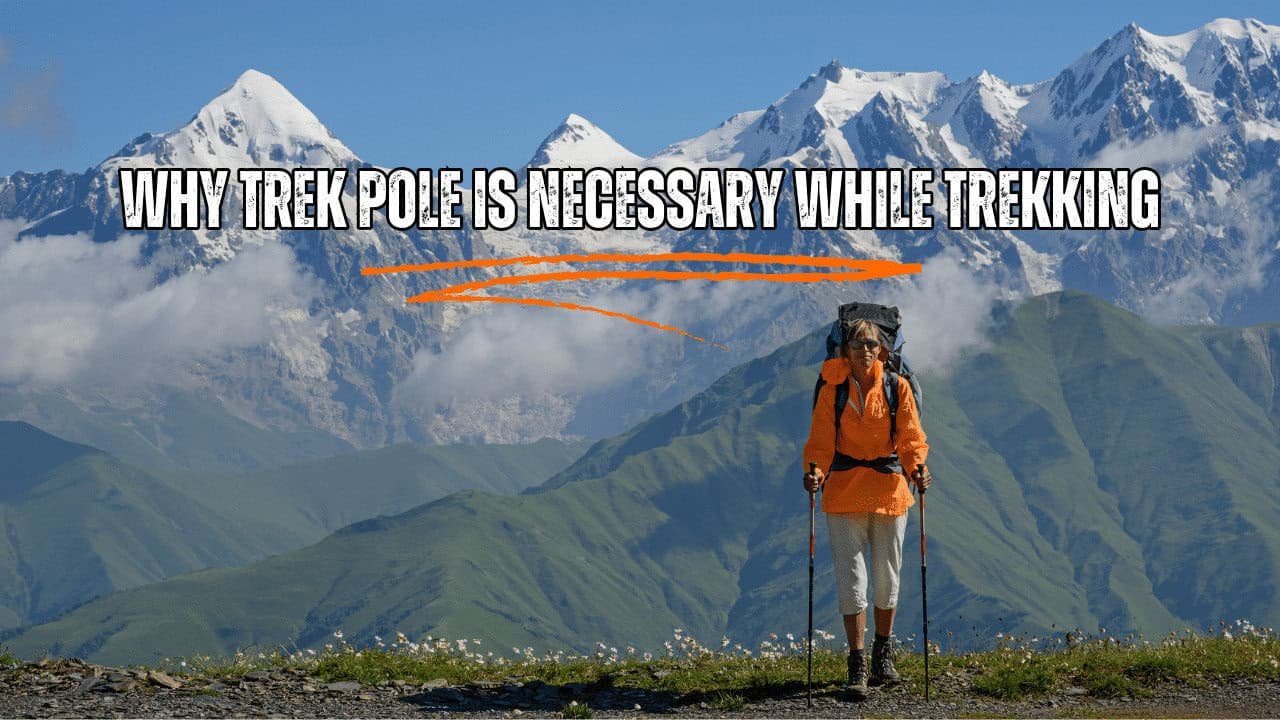
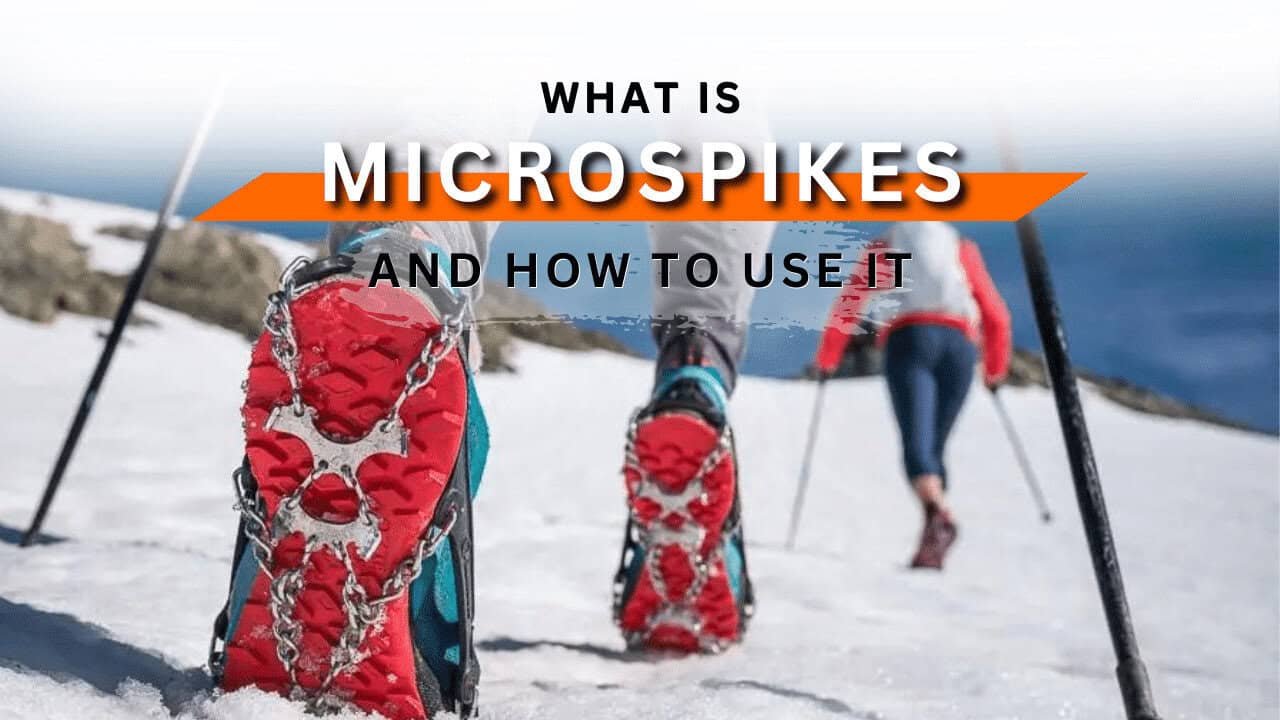
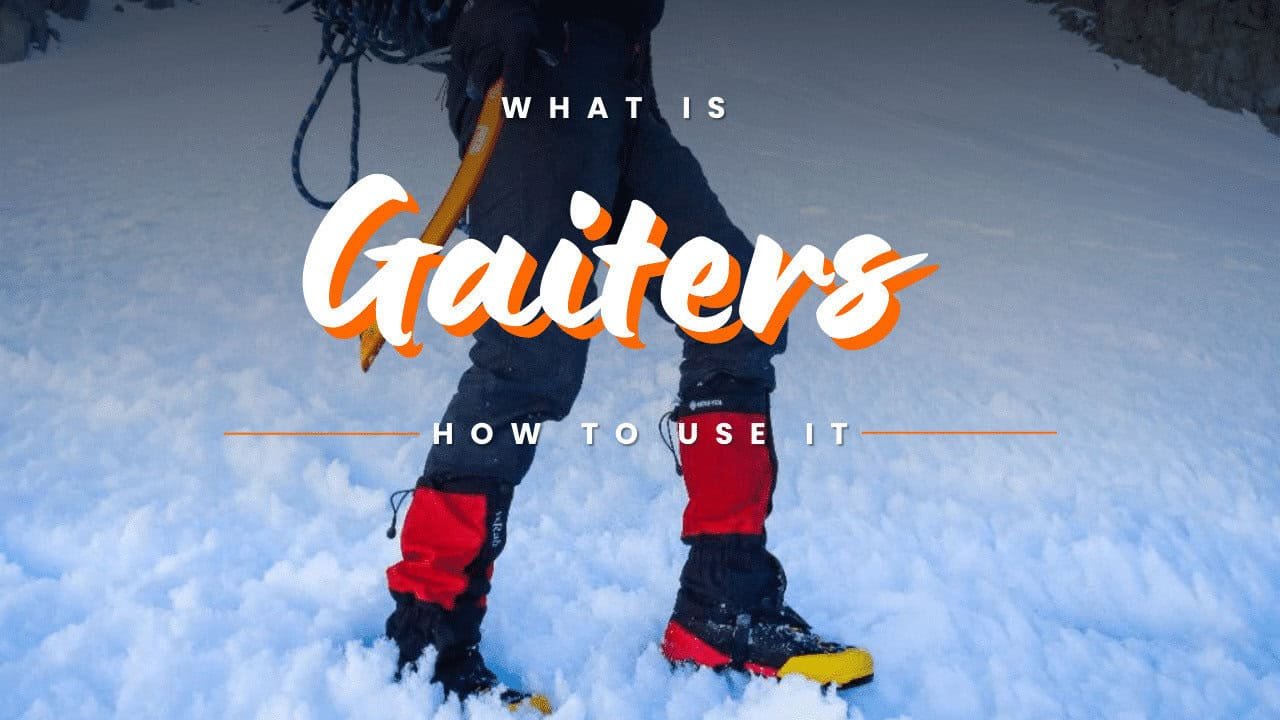
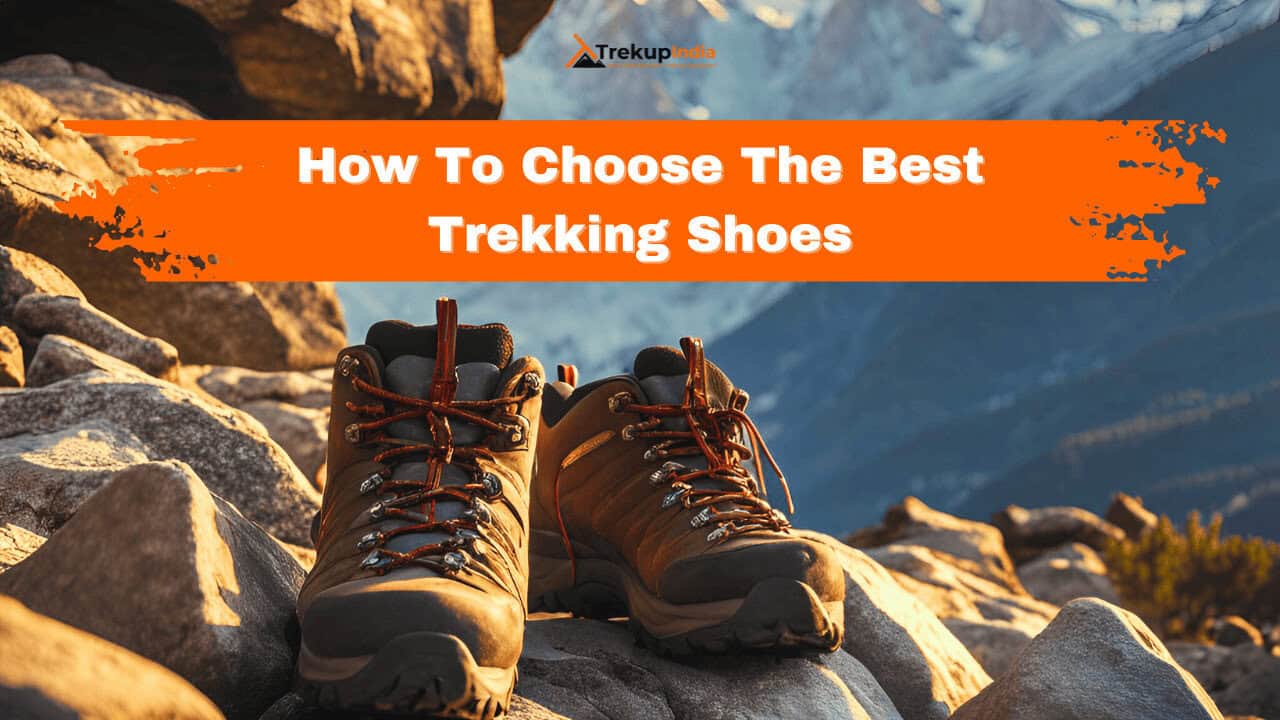

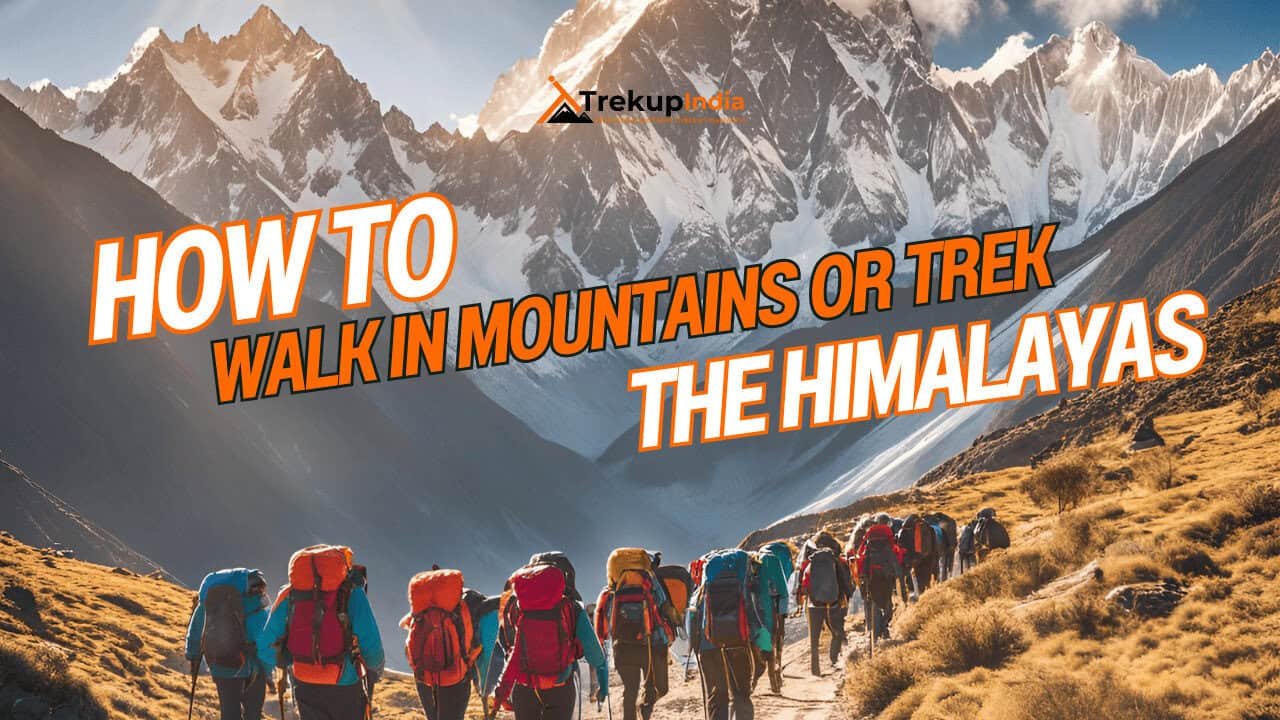

Know Everything About Acute Mountain Sickness
Acute Mountain Sickness occurs when people trek to high altitudes above 8,000 feet. This condition itself develops further due to reduced oxygen levels at such heights. Basically, as you go higher up, the air pressure and oxygen levels decrease, which causes the same problem. Acute Mountain Sickness surely causes headache, nausea, vomiting, and dizziness in affected persons. Moreover, peoples also experience difficulty in sleeping during this condition. To avoid mountain sickness, you should actually trek up slowly to higher altitudes. To learn further about this condition itself, watch the videos by Trekup India.
